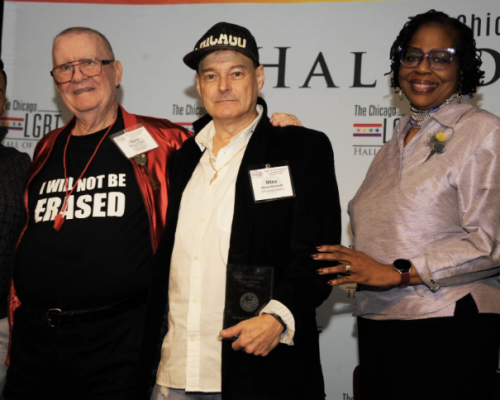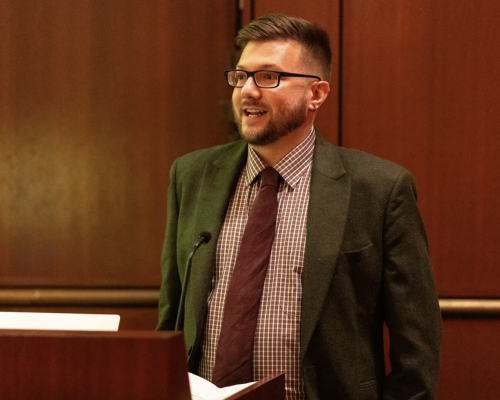
LGBTQ media monitor online safety on social media
by Joe Siegel
The newly released GLAAD report on social media gave failing grades to several popular websites and platforms.
“YouTube, X, Facebook, Instagram, and Threads received F grades from GLAAD in the Social Media Safety  Index, while TikTok earned a D+ grade,” wrote Matt Tracy in NYC’s Gay City News on May 22. “TikTok’s numerical grade was 67, which represented a 10-point increase from last year. X also improved by eight points over last year, but still finished with a dismal grade of 41 — the worst among all platforms in the report. Facebook, Instagram, and YouTube all finished with scores of 58.”
Index, while TikTok earned a D+ grade,” wrote Matt Tracy in NYC’s Gay City News on May 22. “TikTok’s numerical grade was 67, which represented a 10-point increase from last year. X also improved by eight points over last year, but still finished with a dismal grade of 41 — the worst among all platforms in the report. Facebook, Instagram, and YouTube all finished with scores of 58.”
The platforms lose points for issues such as “failing to review problematic content, using what the report describes as ‘harmful’ algorithms, and demonstrating a lack of transparency and accountability,” Tracy wrote. “This year’s report, GLAAD said, reflects a broader failure by platforms to regulate anti-LGBTQ hate and suppress LGBTQ-related content. Moreover, platforms are failing to provide transparency regarding content moderation, data privacy, and more, according to the report.”
LGBTQ editors and publishers, whose media outlets regularly use social media to drive traffic, acknowledge hateful posts continue to be a problem, but they have taken various steps to keep their websites safe for their readers.
“We’ve been pretty fortunate in that we haven’t encountered a ton of anti-LGBTQ+ hate online,” said Ken Schneck, editor of Ohio’s Buckeye Flame. “Because social media is such a cornerstone of our article marketing plan, we’re hyper focused on traffic, which includes numbers of comments. Thus, we are able to swoop in if a piece goes viral, attracts hateful comments and remove them. We also have pretty ardent Flame fans who alert us if anti-LGBTQ+ comments are present and need to be removed.”
Sometimes, however, the most hateful comments come from within the community. According to Randy Stern, managing Editor of Lavender Magazine in metro Minneapolis, “Let’s put it this way: We were fortunate not to have hate speech occur from outside voices. Most of the hate speech comes from within the LGBTQ+ community. People have an ax to grind with our magazine for some historic and agenda-based reason.”
Steven also had a message for GLAAD: “The one thing I wish GLAAD and other LGBTQ+ media organizations that watch over us should do is to recognize the inner divisiveness of our community, as well as to do something about those external voices (i.e. haters) and how they are managed. The best we could do is to report, block, and use the tools on these platforms to prevent these voices from ruining the experience for those who support our publication.”
“We are aware that some of our stories can contain difficult content for some people to consume,” said Renee Raketty, editor of SGN (Seattle Gay News). “Because of this, no headlines that may include references to the topics we have listed under on our content warning guide appear on the front of our carousels. When we include a post with reference to one of these topics — which include violence, death, racism, animal abuse, etc. — we also include a content warning in the caption, so readers know what they’re getting into before they swipe through.”
SGN has also enabled a safety feature on its social media that immediately flags or hides comments that include specific language, Raketty noted. “It is mostly set up to catch offensive slurs and hate speech. Our team makes sure to follow and interact with other accounts that share a similar demographic and base -— local to Seattle, queer, and activist focused. Additionally, we are very careful with the hashtags we include on every post to keep us on the ‘right side’ of the algorithm. For instance, if we are posting about homophobia, we will use hashtags like #endhomophobia not just #homophobia — this makes sure that we stay away from trolls who may be searching for hate online.”
IN THE NEWS
Volume 26
Issue 3








